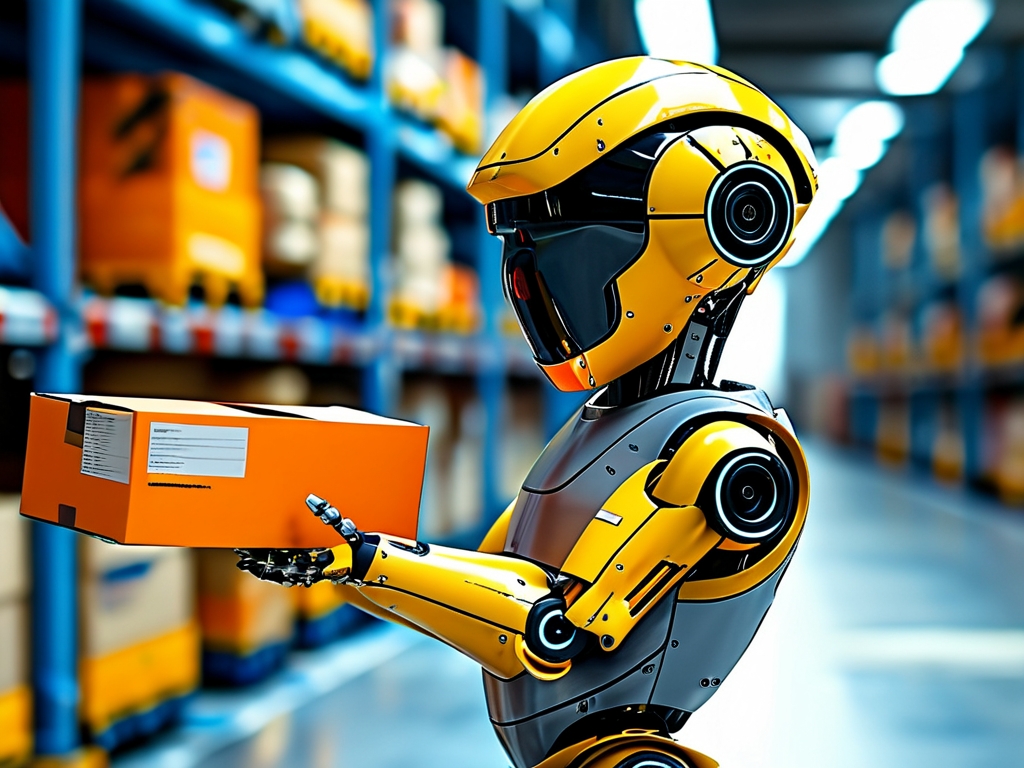In the rapidly evolving landscape of industrial automation, robotic sorting technology has emerged as a cornerstone of efficiency, accuracy, and scalability. By integrating advanced robotics, artificial intelligence (AI), and machine learning, this technology is revolutionizing industries ranging from logistics and e-commerce to manufacturing and waste management. Below, we explore the key advantages of robotic sorting systems and their transformative impact on modern operations.

1. Enhanced Speed and Efficiency
Robotic sorting systems operate at unparalleled speeds, far exceeding human capabilities. Traditional manual sorting processes are labor-intensive and time-consuming, often leading to bottlenecks in high-volume environments. In contrast, robots equipped with high-speed actuators and vision systems can process thousands of items per hour. For example, in e-commerce fulfillment centers, robots can sort packages by size, weight, or destination within seconds, ensuring timely deliveries even during peak seasons like holidays. This efficiency not only accelerates workflows but also optimizes resource allocation, allowing businesses to meet growing consumer demands.
2. Superior Accuracy and Error Reduction
Human error is an inevitable challenge in manual sorting, resulting in mislabeled shipments, incorrect inventory counts, or misplaced items. Robotic sorting systems mitigate these risks through precision engineering and AI-driven decision-making. Advanced sensors and cameras enable robots to identify objects with millimeter-level accuracy, even in complex scenarios. In recycling facilities, for instance, robots can distinguish between materials like plastic, glass, and metal with over 99% accuracy, drastically reducing contamination rates. This precision translates to cost savings, improved customer satisfaction, and compliance with regulatory standards.
3. Cost-Effectiveness Over Time
While the initial investment in robotic sorting technology may seem substantial, the long-term financial benefits are undeniable. Robots reduce reliance on manual labor, lowering expenses related to wages, training, and employee turnover. Additionally, their durability and 24/7 operational capacity minimize downtime. A study by McKinsey & Company found that companies adopting robotic automation in logistics saw a 30–50% reduction in operational costs within three years. Furthermore, predictive maintenance algorithms ensure that robots operate at peak performance, extending their lifespan and maximizing ROI.
4. Improved Workplace Safety
Sorting tasks often involve repetitive motions, heavy lifting, or exposure to hazardous materials, posing risks to human workers. Robotic systems excel in handling these challenges. For example, in pharmaceutical warehouses, robots can safely sort chemicals or fragile medical supplies without risking contamination or injury. By automating dangerous tasks, businesses not only protect their workforce but also reduce liability and insurance costs.
5. Scalability and Adaptability
One of the most compelling advantages of robotic sorting is its scalability. Modular systems allow businesses to expand or reconfigure operations seamlessly. During seasonal demand spikes, additional robots can be deployed without overhauling existing infrastructure. Moreover, machine learning algorithms enable robots to adapt to new sorting criteria autonomously. In agriculture, robots trained to sort produce by ripeness or quality can quickly adjust to new crop varieties, ensuring flexibility in dynamic markets.
6. Sustainability and Waste Reduction
Robotic sorting plays a pivotal role in advancing sustainability goals. In waste management, AI-powered robots enhance recycling rates by accurately separating recyclables from landfill-bound trash. Companies like ZenRobotics have deployed “recycling robots” that reduce waste processing costs by 50% while doubling recovery rates. Similarly, in food distribution, robots minimize spoilage by sorting perishables based on freshness, aligning with global efforts to combat food waste.
7. Data-Driven Insights
Modern robotic systems generate vast amounts of operational data, offering actionable insights for continuous improvement. Metrics such as sorting speed, error rates, and energy consumption can be analyzed to refine workflows. For instance, Amazon’s Kiva robots provide real-time analytics that optimize warehouse layouts, reducing travel time for sorting tasks by 60%. This data-centric approach empowers businesses to make informed decisions and stay competitive.
Challenges and Future Outlook
Despite its advantages, robotic sorting technology faces challenges such as high upfront costs and the need for specialized technical expertise. However, advancements in collaborative robotics (cobots) and cloud-based AI are democratizing access to these systems. According to Interact Analysis, the global market for sorting robots is projected to grow by 20% annually, reaching $12 billion by 2030.
In , robotic sorting technology is not merely a trend but a transformative force reshaping industries. By delivering unmatched speed, accuracy, and adaptability, it empowers businesses to thrive in an era defined by automation and sustainability. As innovation continues, the potential for these systems to redefine global supply chains and resource management remains limitless.



